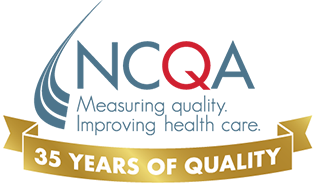Practices should submit an explanation when their performance falls below 80% for the following AR criteria:
• AR-AC 1: Timely Clinical Advice by Telephone
• AR-CC 4 (Option): Diagnostic Test Tracking (2 rates)
Practices should submit an explanation when their performance falls below 30% for the following AR criteria:
• AR-CC 5: Secondary Referral Tracking
If the practice does not submit an explanation, NCQA will contact the practice and request context for their performance rates.
PCSP 2019
